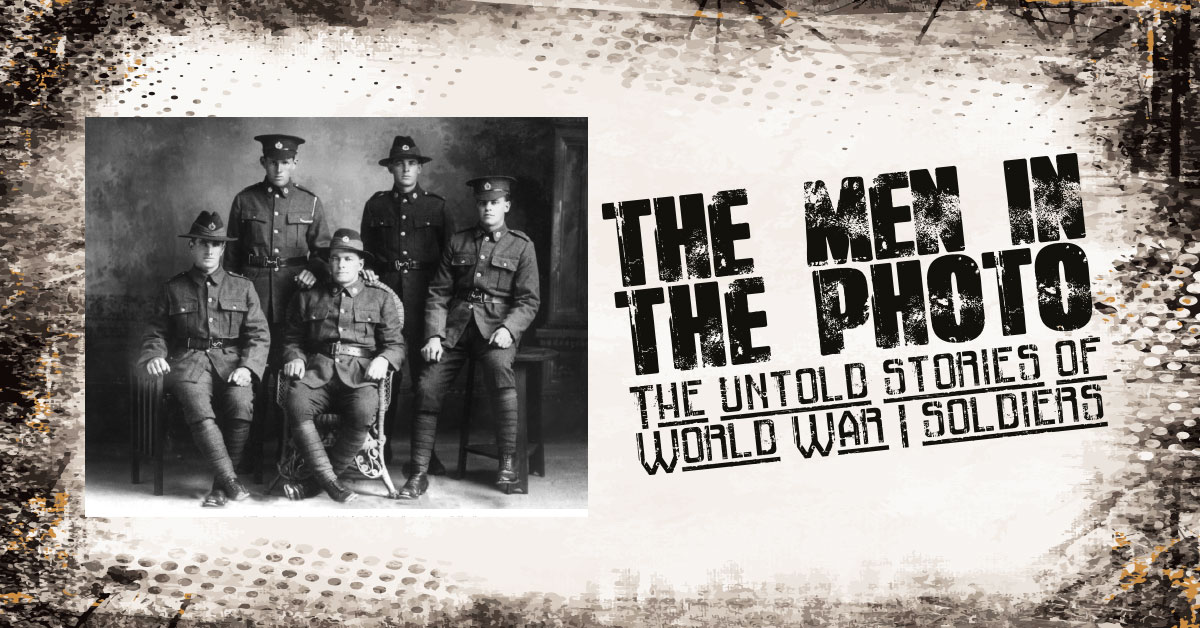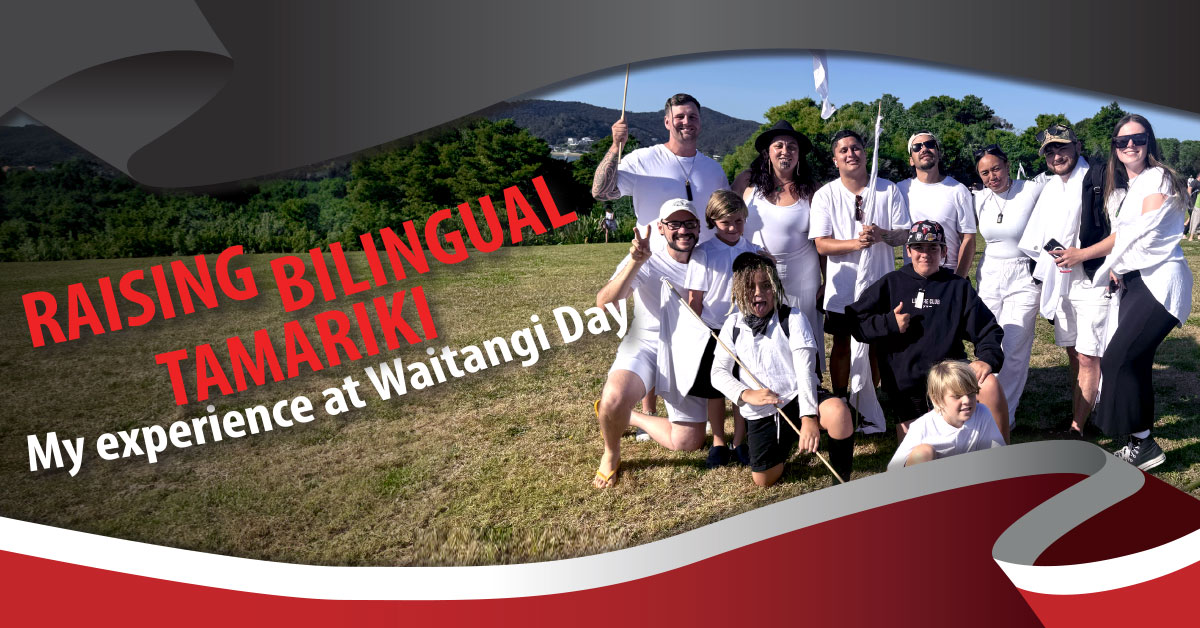
The Men in the Photo – Mercury Bay Museum Manager
The untold stories of World War I soldiers
In the planning for our annual Anzac exhibition, we came across three photos of soldiers posing in their World War I uniforms. These photos made us ponder – who are the men in the photos?





